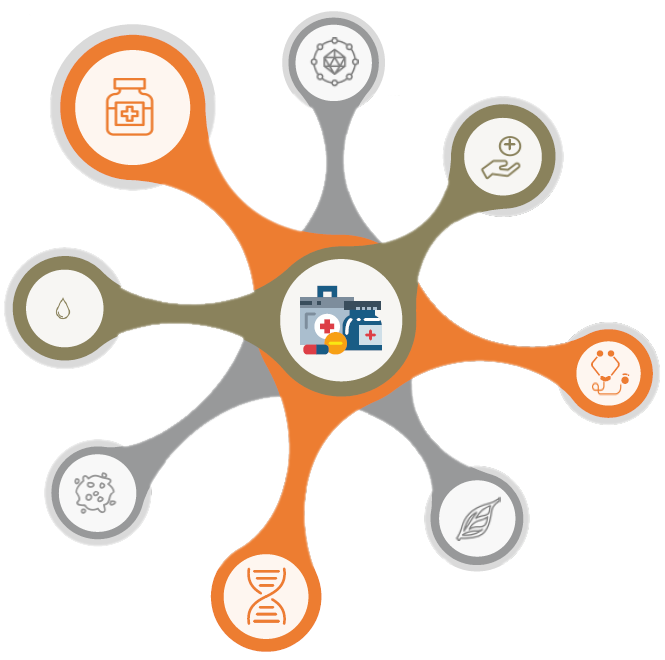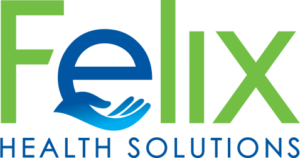The Battle Against Wound Bacteria
The main requirements for wound healing are a sufficient blood circulation at the wound and reducing and controlling its wound bacteria. For any bacteria, wounds are a preferred playground. In the right environment bacteria can double in quantity every 20-30 minutes. As long as proliferation of bacteria is not under control, wounds won’t heal.
If the immunity system of a patient is strong enough and /or the wound bacteria are not antibiotic resistant a good debridement and traditional wound treatment including an oral / systemic intake of antibiotics are “doing the job”.
As statistics show, around 70% of wounds are being healed within the first 180 days. However, the remaining “hard-to heal” wounds can´t be treated with antibiotics in the traditional way either due to the immunity system of the affected person not being strong enough and / or the bacteria being antibiotic resistant.
Evidence for this is 2-4 million chronic wounds in Germany alone, with around 20% of wounds being older than 2 years.
Pathelen Wound Treatment is Revolutionary
Pathelen uses a completely different strategy to defeat wound bacteria.
Local physical adsorption vs. systemic antibiotic destruction
As it turns out, it is more efficient to physically adsorb bacteria and hinder bacteria from growing through a topic (local) treatment with our silica based sorbent Pathelen® than to systemically treat wounds with antibiotics in order to destroy wound bacteria.
In addition . . .
typical side effects of wound infections such as pain, odor, and exudates will be reduced or completely resolved within days due to the adsorption of toxic substances and a reduced level of necrotic tissue in the wound.
As a result PAWT not only accelerates wound healing and succeeds to heal even “hard-to-heal” wounds by keeping wound bacteria under control but also significantly improves the quality of life for our patients.
Problem Bacteria
What's so dangerous about Pseudomonas?
Its a gram negative germ which adopts to antibiotics if there are any that work on gram negative germ very quickly. Pseudomonas is at least multiresistant as Staphylococcus aureus. Its ubiquitär which means its everywhere but you can eradicate it from wounds with Pathelen Hybrid.
MRSA INFECTION Multi-resistant Staphylococcus aureus bacteria (MRSA)
Multi-resistant germs keep medicine in suspense worldwide, MRSA bacteria are common forms. However, Klebsiella and Escherichia coli (EHEC), which increasingly produce extended spectrum beta-lactamases, i.e. enzymes that can inactivate the beta-lactam antibiotics, are much more aggressive. Wounds are the preferred entry points.
The search for new antibiotics
The WHO recently warned that more and more antibiotics were becoming ineffective. New approvals of antibiotics have decreased significantly in recent years. There have only been two substances with a new mechanism of action in 30 years. Why?
The search for new antibiotics is like the famous needle in a haystack. Many of the big pharmaceutical companies have said goodbye to antibiotic research.
Certainly also for reasons of cost, because when a new antibiotic comes onto the market, it is not used across the board, but is actually locked in the safe to prevent the development of resistance.
Read full article: Cost-of-illness of leg ulcers in the community
Background Information on Pathelen Wound Care Treatment
The wound care treatment is based on a drug device combination, which has been specifically designed and developed for the treatment of multi-resistant bacteria (such as MRSA) in open wounds. (READ MORE)

Broad spectrum of effectiveness:
-
Multi resistant germs
-
MRSA
PSEUDOMONAS
-
ESBL
-
Enterobacter cloacae
-
Morganella morganii
-
Enterobacteriaceae
-
Klebsiella oxytoca
-
Escherichia coli
-
Serratia marcescens
-
Citrobacter (freundii)
-
Klebsiella pneumonia
-
MDR / Superbugs
